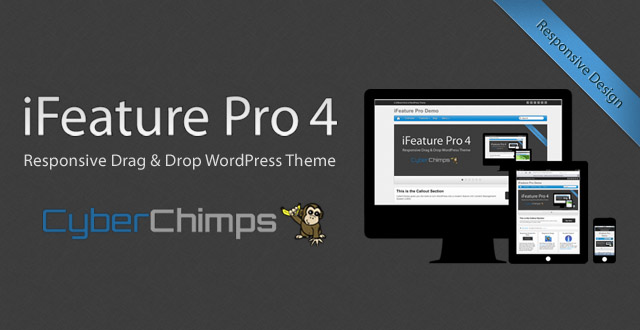It is quickly coming to that time of year again….June 30. This is the dreaded time where we have to roll over the books and prepare for taxes and B.A.S statements and generally be ready to ‘start again’.
Some business owners find this a highly emotional time for themselves. If you haven’t had a great year you may start questioning the future of your business or your ability to get the results you need to be sustainable. You may be trading at such capacity that you are ready to break and need to consider how to take it to the next level (nice problem to have), or you may be completely blaze about this date as you are in such a degree of chaos that it didn’t even occur to you!
Hopefully there are some mid points here and you are not too much to any of these extremes! Here are a few things to look at to ensure that you are on track for the 2013-14 financial year.
* Get your finances in order – if you aren’t on top of things seek help, get your accounting software updated quickly to close the year and see where you are at, look at your monthly P&L, Balance Sheet and Cash Flow numbers, not just once a year when the accountant sends to you. Submit your BAS on time, every time, pay your taxes, PAYG, Superannuation etc, and accrue this money in a separate account so you don’t have to struggle to find when due, or worse still avoid paying. You want the ATO to be your friend, not your foe!
* Set goals for the coming year – once your prior year results have been analysed set realistic SMART goals for 2013-14. What are the internal and external factors that may impact on the upcoming years results? Is the industry under attack, do you need more staff or inventory, do you need to cut back expenditure in any areas etc. Even at a basic level of forecasting sales, labour, cost of goods, fixed and variable expense will allow for a profit projection, and make sure you pay yourself! Most business owners have solid turnover, employ people and not themselves, so really all they are doing is handling some money and employing a group of people, not providing the financial gains for which they went into business in the first place.
* Review the performance of the business for the year and identify and action gaps – this is linked with above. Discuss or review what worked, didn’t work, needs to improve for the coming year. Can a system be automated or streamlined, can you find alternate suppliers, produce quicker, market better etc.
* Review the performance with the team – once you have reviewed and critiqued your business, share this with your team and get their input and buy in.
* Conduct your mid-year People Reviews – If you don’t have proper employee contracts, objectives, performance goals and process obviously – do it first! But assuming you do, you should have a mid year review scheduled where you can review KPI’s, behaviours etc. and set new goals for the new year in alignment with the business goals you have set (you have set them haven’t you!)
* Outsource low value tasks – outsourcing is no longer a dirty word, it is really a mindset. If you think about with the view that your time is worth $X per hour be it $100, $200, $500 or more, then you need to create a list of all the tasks you do in the business. Anything that isn’t worth that amount can be offset to others, be it bookkeeping, accounting, web design, admin tasks, marketing etc. Your time is the most valuable and has the potential to change the business so use it wisely. There are many on and offshore solutions which can dramatically change the way your business functions at a greatly reduced cost as well. Some more thoughts on outsourcing appeared here.
* Get some help – of course I would say this being a business coach, but seriously, sometimes you simply need to gain and get the input from someone else into the operation of the business. Do you need a coach to hold you accountable and help establish the plan, or do you need a consultant to come in and work with you to actually ‘do’ some of the things you need to do? There are solutions for all of these available so at least talk to someone. Other options include educating yourself in business skills or attending seminars and workshops to learn from and network with other thought leaders!
More often than not business leaders don’t take the time to review, plan, adapt or change but by using the trigger points of EOFY and Jan 1 as key dates to have a ‘reality check’ you can soon change the business for the better or take it to the next level if you are doing well. Force yourself to be removed from the day to day ‘doing’ and spend the time planning and reviewing. If it even means just a weekend, or getting away somewhere for an ‘offsite’ in different surroundings, the change can cause some true reflection which can have a massive impact on your business.
So what are you doing sitting there reading this, go and start getting organised!
Tony Ozanne
www.tonyozanne.com
 This coming Friday I head off to Bali for 5 nights for a quick break and some warm weather.
This coming Friday I head off to Bali for 5 nights for a quick break and some warm weather.















